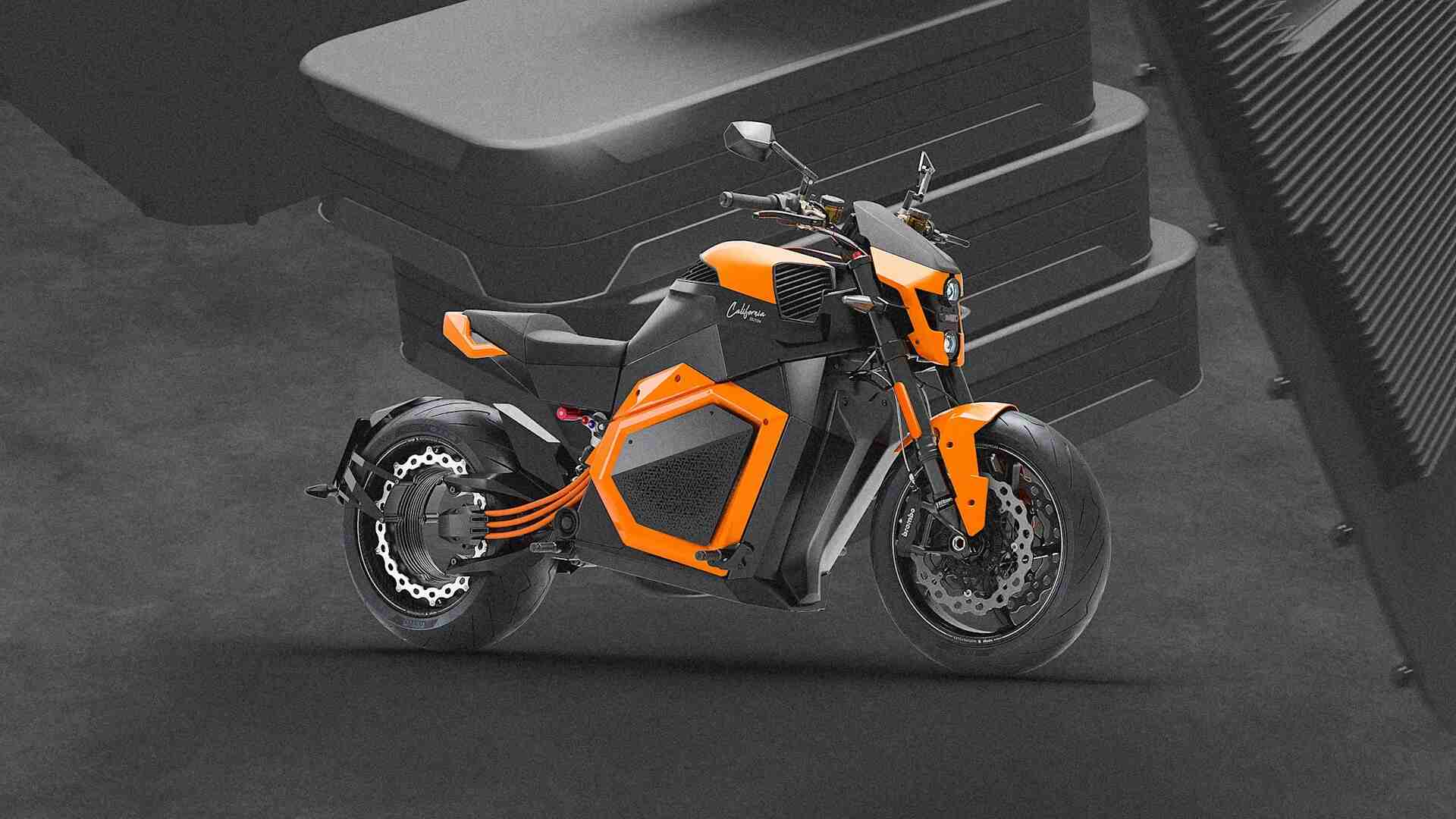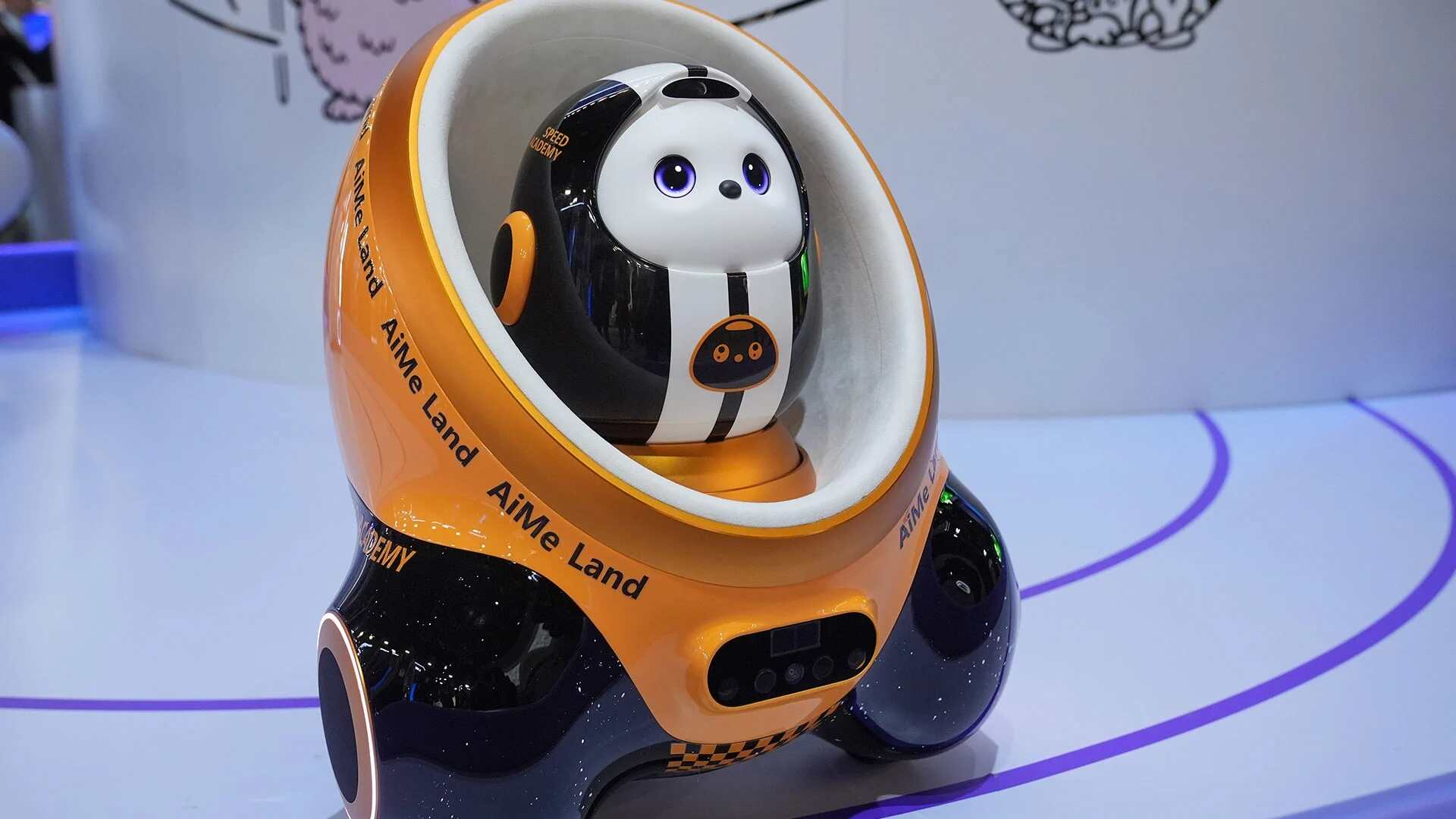- | 10:00 am
The Xiaomi Pad Mini is the first tablet that can compete with an iPad
Here are the reasons why.
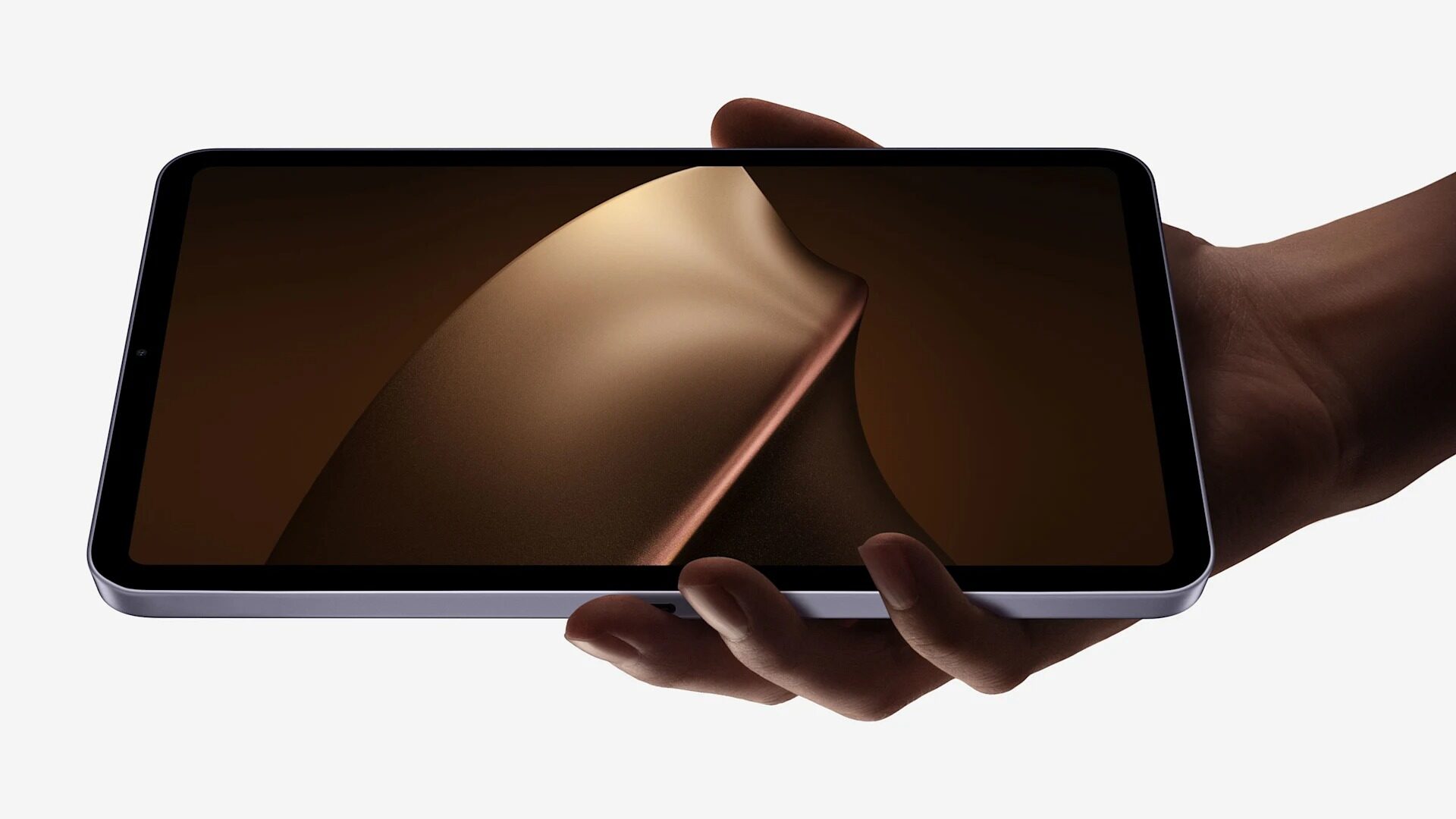
Almost as soon as the first iPad was announced, a range of competitors sprung up in an attempt to become the “iPad killer.” Devices like the Motorola Xoom, BlackBerry PlayBook, and HP TouchPad all put another spin on the formula but couldn’t come close to the iPad’s blend of performance and App Store dominance.
Android tablets are still around today, of course, but most manufacturers don’t push them too hard. They’re all fine at doing tablet things like watching videos, and they’re all worse than the iPad when it comes to the app ecosystem. In recent years I’ve used some great hardware from Xiaomi in particular that I still wouldn’t outright recommend over an iPad.
Xiaomi’s latest, though, is straight-up better than its Apple equivalent.
The Xiaomi Pad Mini feels like an exercise in picking low-hanging fruit: in this case, the iPad mini. Apple’s smallest tablet is often neglected and rarely updated, leaving several open goals for competitors. In this case, Xiaomi has turned in a better design with better performance, and critically in a form factor where Apple’s software advantages are less relevant.
Added ports
This tablet isn’t going to stun anyone with its originality—it pretty much looks like an iPad mini. It does have one neat trick, though, by placing USB-C ports along both the bottom edge and one of the sides you can easily charge it in a dock or while using it for video. (Apple apparently considered the same idea for the original iPad before deciding against it.)
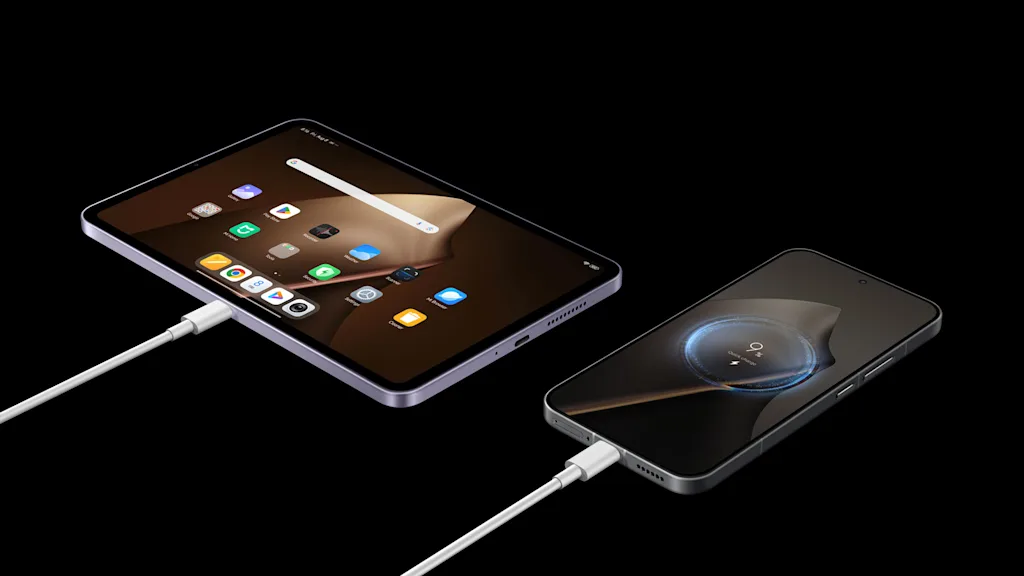
The Xiaomi Pad Mini runs on a MediaTek Dimensity 9400 processor, the chipmaker’s current top-end mobile system on a chip (SoC) and one that’s at least in the same ballpark as the two-year-old A17 Pro in the iPad mini, if not faster. Performance is excellent, and Xiaomi also offers up to 12GB of RAM while the iPad mini is stuck on 8GB.
Superior screen
The screen is where Xiaomi really pulls away from Apple. This is an 8.8-inch 3008-by-1880-pixel LCD with a 16:10 aspect ratio; the difference in size to the 8.3-inch iPad mini is mostly that the Xiaomi has thinner bezels and is slightly wider in landscape. Critically, it refreshes at up to 165Hz while the iPad mini is still stuck on 60Hz, which is very jarring for anyone who’s gotten used to the much smoother frame rates on the iPhone and almost every Android phone in recent years. That was the main reason I sold my own iPad mini a while back.
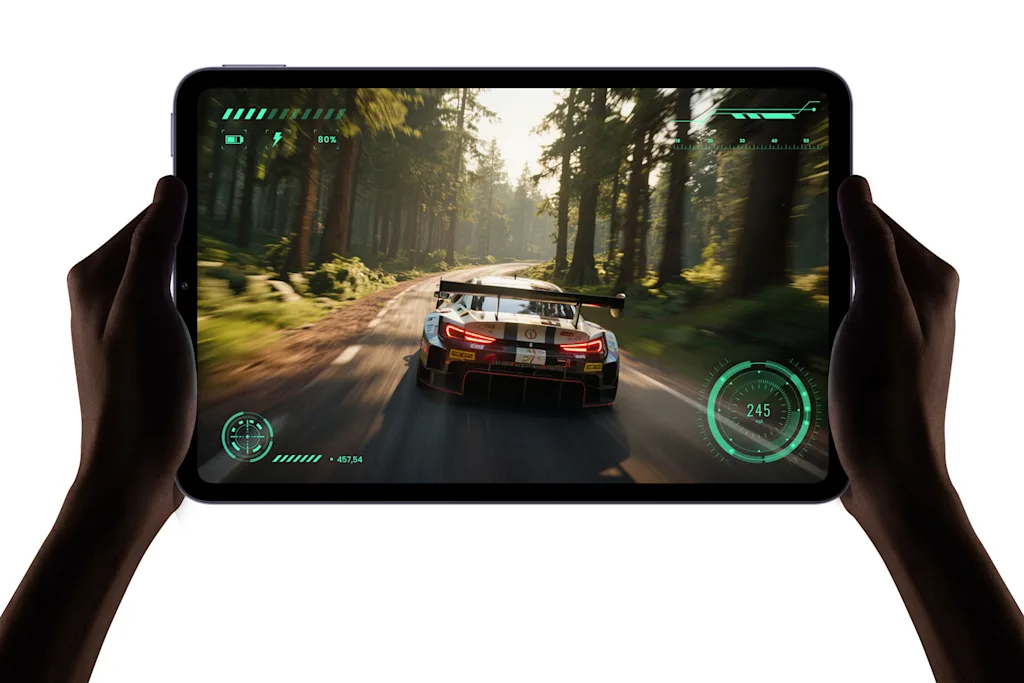
HyperOS, which is Xiaomi’s custom version of Android, looks and works similarly to iOS, but Apple actually moved in the direction of its system of multitasking and resizing windows with this year’s iPadOS 26. While Android apps still can’t compete with the iPad in terms of quantity or quality, how much productivity are you planning to get out of an 8-inch tablet in the first place?
Like a really big phone
The Xiaomi Pad Mini handles simple multitasking with ease, and its aspect ratio is well-suited for most Android apps. Since you can hold it in one hand and the screen is relatively tall, apps like Instagram work fine in portrait orientation—it’s basically like using a really big phone. The aspect ratio is also better suited to most video content than the 3:2 iPad mini, meaning you’ll get a bigger picture with smaller black borders.
Overall, this is a great tablet for watching videos, reading ebooks, scrolling social media, and browsing the web. You know, tablet things. It handles all of these tasks at least as well as the iPad mini unless you have a need for a very specific iPad app.
A caveat
There is one slightly bizarre caveat, which is the lack of any true biometric authentication. You can use your face to unlock the tablet through the selfie camera, which works better than it used to and didn’t get fooled when I tried to use a picture of my face, but that’s still not as secure as a fingerprint reader and doesn’t work in the dark.
That could be a deal-breaker for many. Touch ID isn’t exactly a great experience on the iPad mini, but surely a fingerprint scanner would have been a low-cost, worthwhile inclusion here for convenience and peace of mind.

Still, I can put up with sometimes needing to enter a PIN in exchange for all the ways that this is simply a better product. I would rather use this than the iPad it’s competing with, which is the first time I’ve ever been able to say that about an Android tablet.
And that’s before I even mention the pricing, which starts at $429 for a model with 8GB of RAM and 256GB of storage. The iPad mini, on the other hand, costs $499 for 8GB of RAM and half the amount of storage; the 256GB model is $599.
It’s not like Apple isn’t capable of making the iPad mini better value for the money—it just doesn’t particularly care to. This is what can happen when companies keep outdated devices on shelves at high prices. Mini tablets clearly aren’t the most critical product category in the world, but for the first time in a long while, Apple doesn’t make the best one.












